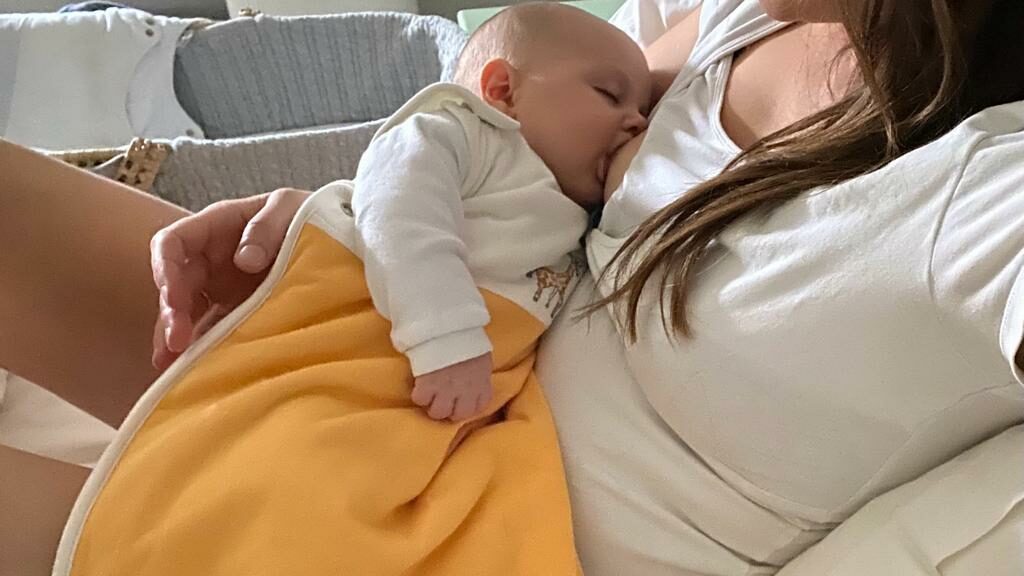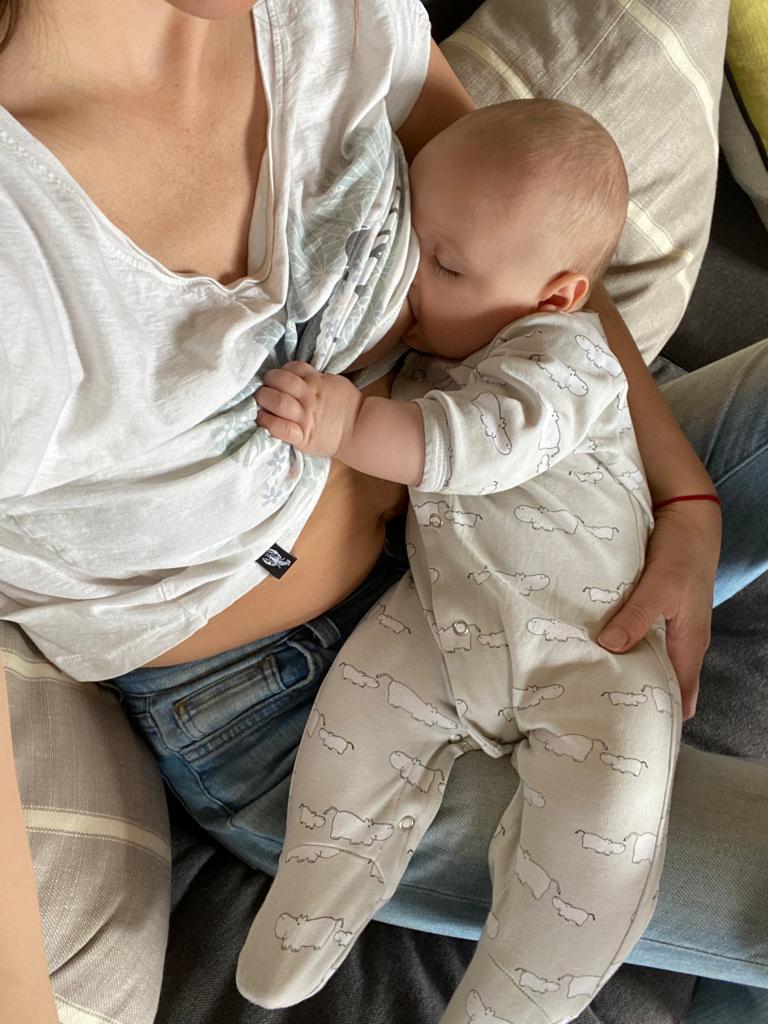
A recent study, published by Environmental Pollution, found 25 different flame retardant chemicals in human breast milk. These chemicals are known to bioaccumulate in the human body and are linked to major health issues including cancer, reduced fertility and neurotoxicity. Exposure in early life, when infants’ developing bodies are most vulnerable, is extremely worrying. But please don’t stop breastfeeding because of this! Breast milk is amazing stuff and has so many benefits. Luckily there are (quick, easy and FREE) things we can do to limit our families’ exposure to these chemicals. In light of World Breastfeeding Week last week, we looked into this study and in this article we’ve summarised what we believe are the key points to flag to breastfeeding families. We also share information on how to reduce the chemical load of your breast milk by making some simple changes. Knowledge is power.
What are brominated flame retardants?
The chemicals in question, known as brominated flame retardants (“BFRs”) are often applied to household products to reduce burning. Flame retardants are commonly used in the UK on upholstered furniture, bedding, curtains, carpets, car interiors and electronic devices, among other things. For adults, the main exposure to these chemicals is from breathing them in or accidentally ingesting household dust. The BFRs are release from treated items in our homes and build up in the dust. The good news is that it’s been shown that exposure to these chemicals can be HALVED WITHIN ONE WEEK by keeping the house clean and dust-free and washing hands more regularly. (2019 study PMID: 37315884). *Cue me turning into Monica (from Friends, obvs!) and manically hoovering and dusting our entire house and under every piece of furniture!
One harmful chemical replaces the other
Interestingly, the same study showed that one category of BRFs called polybrominated diphenyl ethers (or PBDEs) which was banned for use in the study area (Seattle) in 2013 measured a lot lower than when similar studies were carried out before the ban. This shows that limiting the number of chemicals coming into our houses can have a very positive effect on reducing the number of toxins not just in our houses, but in our breast milk too. Unfortunately, to replace these banned chemicals, companies started using an alternative but very similar substance in the same class, bromophenols. This showed up in 88% of samples in the study and is thought to be just as harmful as the chemical which was banned.

How can we protect our babies from harmful chemicals in breast milk?
- Limit your own exposure to these chemicals by stopping them from entering your house. When buying new products, always ask if they’ve been treated with flame retardants before you choose to buy them. Shockingly, most buggies and car seats have been treated with these chemicals, but there are a few brands which make them without so it’s worth shopping around and making enquiries.
- Hoover, dust, open windows and wash hands more regularly. Even if you try your best to limit the amount of flame retardants in your house, in today’s world it’s almost impossible to avoid them altogether. So keeping your house and your and your kids’ hands clean will really help limit your family’s exposure. Opening windows will help clear out your household air.
It goes without saying that we should also be trying to minimise our babies’ first-hand exposure to these chemicals. Keeping the area where your baby plays clean and dust free will be a great step towards limiting the amount of dust inhaled and ingested by them.
At Pure Earth Collection, we’re passionate about helping spread awareness about the toxins in babies’ lives and where they are coming from. You can check out our Conscious Brands Directory to discover lots of lovely, low-tox baby and home brands.
Sources:
Peer reviewed study published by Environmental Pollution can be found here
